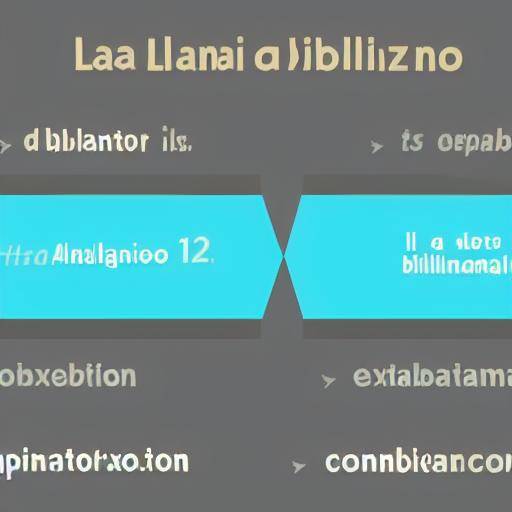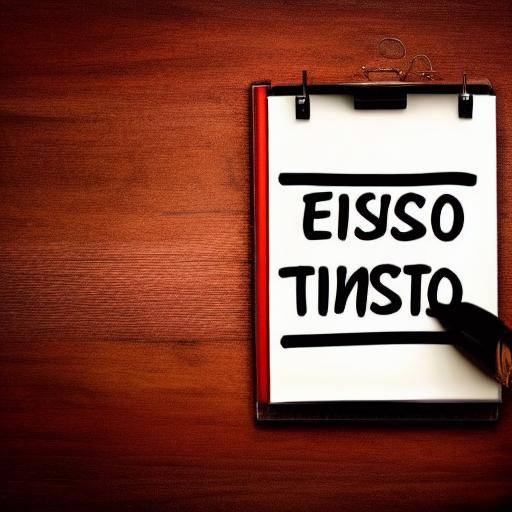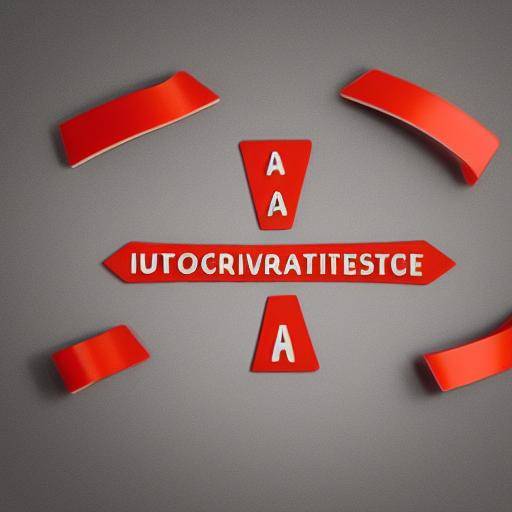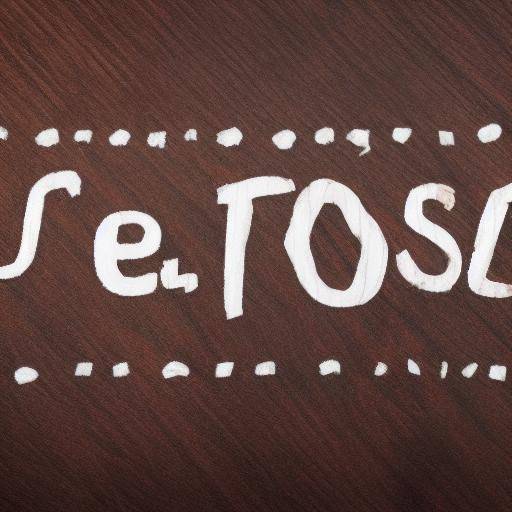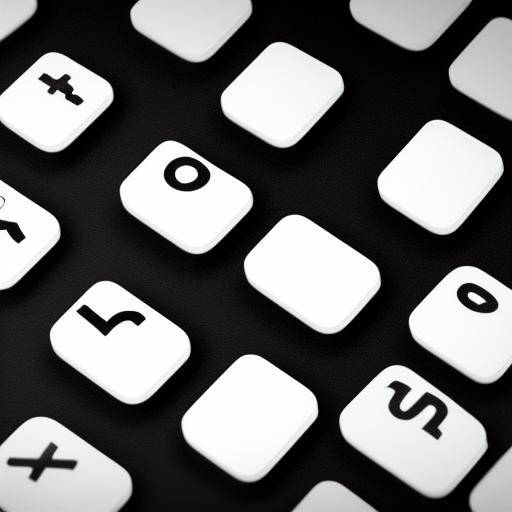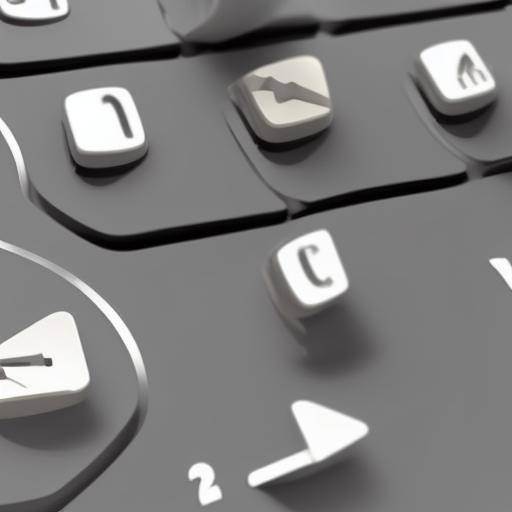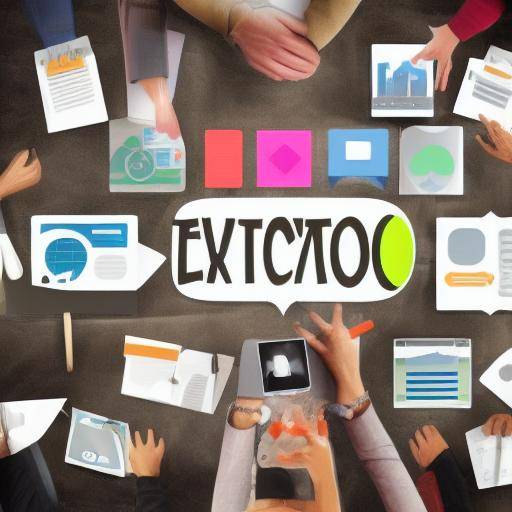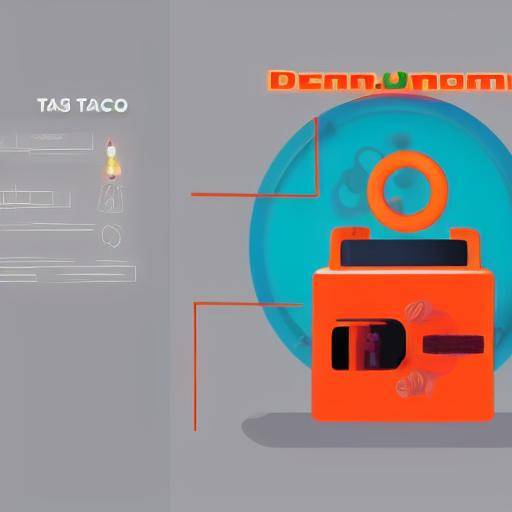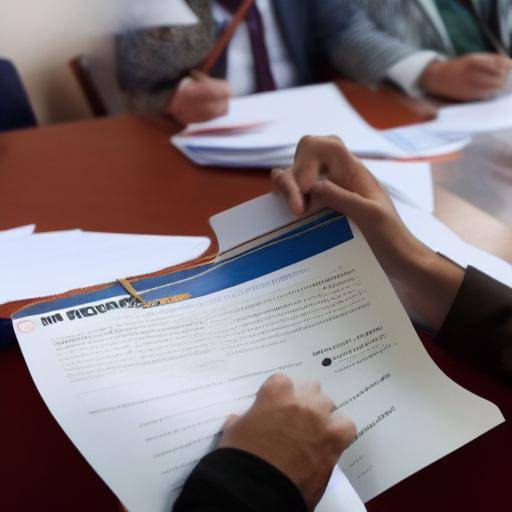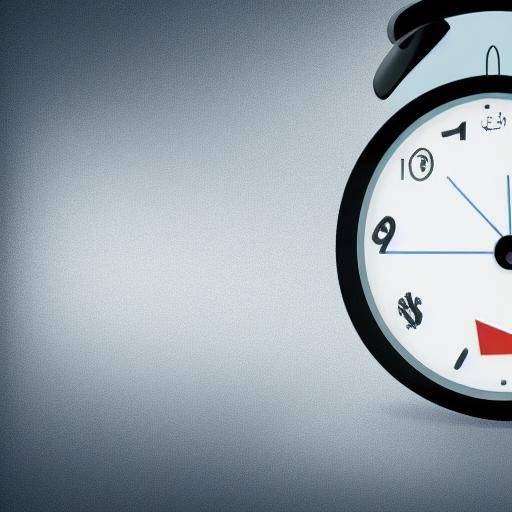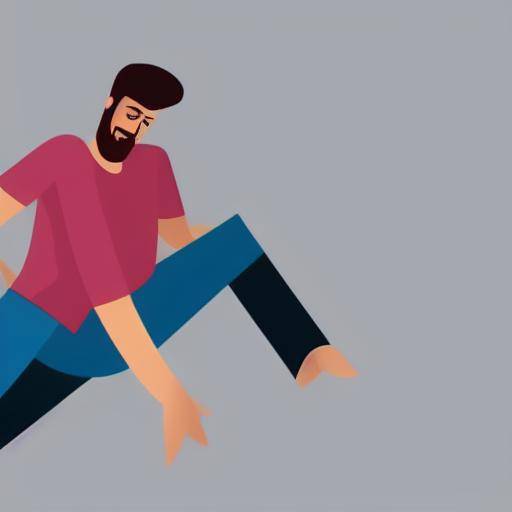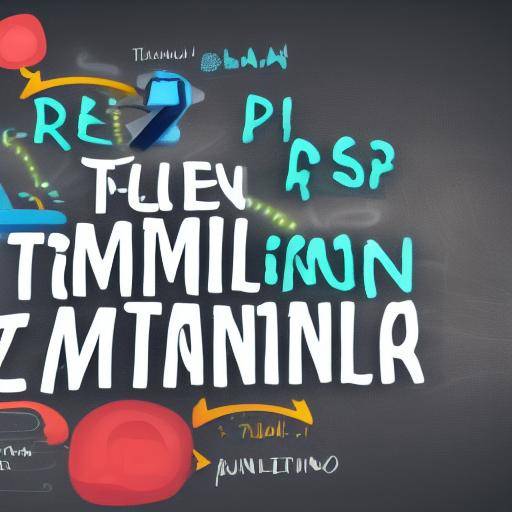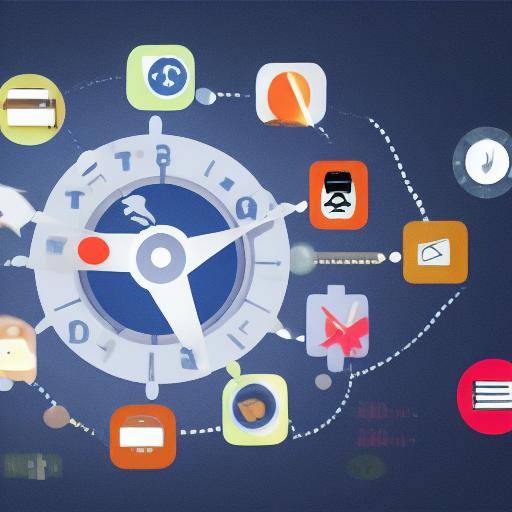
Technology has revolutionized the way we live, work and communicate. However, it has also brought with it challenges related to digital procrastination and distractions. In this article we will explore the impact of technology on our procrastination habits, how digital distractions affect our productivity and how time management can help us maintain a healthy balance in a digital world.
Introduction
The boom in technology has completely transformed our way of living and working. It has given us access to an unlimited amount of information, instant global connections and tools that simplify our daily tasks. However, excessive use of technology has also led to digital procrastination and distractions, which has affected our ability to focus on our responsibilities and goals.
In this article, we will explore in detail how technology has influenced our procrastination habits, how digital distractions affect our productivity, and especially how time management can be the key to countering these negative effects. By understanding how technology and digital distractions affect our daily lives, we can take concrete steps to optimize our use of technology and improve our productivity.
History and background
Impact of technology on procrastination
The concept of procrastination is not new, but the arrival of technology has led this behavior to a new level. With the omnipresence of digital devices and the constant stimulation of social networks, email and notifications, the temptation to postpone important tasks has become more difficult to resist.
The development of technologies such as smartphones, social networks and digital entertainment platforms has created an enabling environment for procrastination. Before the digital era, distractions were limited to certain moments of the day, such as a phone call or a short break at work. At present, however, technology bombs us with constant stimuli that make it difficult to keep the focus on our responsibilities.
To understand how technology has influenced procrastination, it is important to consider not only its impact at the individual level, but also at the corporate level. The change in people's habits and behaviors due to the excessive use of technology has led to a significant change in the way we do our daily tasks.
Digital distractions and their impact on productivity
In addition to procrastination, digital distractions also play a crucial role in the deterioration of productivity. The ease with which we can access a variety of online content can be overwhelming and divert our attention from important tasks. Constant notifications, incoming emails and the temptation to review social networks can interrupt our workflow and hinder the effective fulfilment of our responsibilities.
The addictive nature of many of the technological applications and platforms also contributes significantly to digital distractions. Technological companies have designed their products to maximize user participation, which can lead to excessive use and a decline in productivity.
It is essential to understand how digital distractions affect our ability to perform tasks efficiently and how we can counteract their influence to optimize our productivity.
Detailed analysis
Benefits and Challenges of Technology in Procrastination
Digital technologies have also brought with it a number of benefits that should not be overlooked. Immediate access to information, global connectivity and communication efficiency are just some of the advantages of modern technology. However, these benefits can also become obstacles when used in an inadequate or excessive manner.
It is important to analyze in detail how technology can be a powerful tool and an obstacle to procrastination, and how we can use it efficiently to maximize its positive contribution to our lives.
Statistics and examples of the impact of technology and digital difficulties
Analysis of specific statistics and examples can provide a clearer view of the impact of technology and digital distractions on procrastination and productivity. Data on the average time used in the use of digital devices, frequency of notification interruptions and increased distraction in working environments can illustrate the magnitude of the problem.
In addition, examples of real situations in which technology has contributed to digital procrastination or distractions can make the impact more tangible and understandable to readers.
Perspectives and opinions on technology and procrastination
The debate on the role of technology in procrastination is complex and multifaceted. Different experts and professionals may have divergent views on how technology influences our behaviour and what measures can be taken to mitigate its negative effects.
It is crucial to examine and present various perspectives so that readers can fully understand the issue and be better prepared to form their own informed views on the issue.
Comprehensive review
Time Management Applications in the Digital Era
Although technology can be a contributing factor to procrastination and digital distractions, it can also be a valuable ally in effective time management. The variety of applications and tools available for time management can facilitate the organization of tasks, prioritization and monitoring of progress. It is essential to explore these tools and provide concrete examples of how they can be used to counter the negative effects of technology on procrastination.
Best practices and case studies in time management
Effective time management methods and techniques can make the difference in the fight against procrastination and digital distractions. In presenting real case studies, in which individuals or companies have successfully implemented time management strategies in a highly technological environment, we can offer readers tangible examples of how to address these challenges in their own lives and working environments.
Comparative analysis
Compare different approaches and strategies to cope with procrastination, digital distractions and time management can provide a more comprehensive view of available options. By analysing in detail the different methodologies, theories and instruments in this context, we can help readers identify strategies that best fit their individual needs and preferences.
Practical tips and actions for better time management
Providing practical advice and concrete actions that people can implement in their daily lives is fundamental to turning theory into practice. By presenting clear instructions and useful tips, we can provide readers with the tools necessary to improve their time management, reduce procrastination and minimize digital distractions.
Conclusions and FAQs
Conclusions
In short, technology has had a significant impact on our procrastination and productivity trends by offering incomparable benefits and presenting substantial challenges. However, through the effective implementation of time management strategies and the conscious use of technology, it is possible to mitigate negative impacts and maximize their benefits. By understanding how technology and digital distractions influence our daily lives, and by implementing effective time management practices, we can maximize our productivity and well-being in a digital environment.
Frequently asked questions
1. What is the relationship between technology and procrastination?
Technology provides a quick and easy way to access distractions, which can increase procrastination behavior. Constant stimulation of digital devices and notifications can divert attention from important tasks, leading to procrastination.
2. How can I minimize digital distractions in my working environment?
To minimize digital distractions in the working environment, it is advisable to set specific schedules to review email and social networks, silencing unnecessary notifications and using browser applications or extensions that temporarily block certain websites during working hours.
3. What effective time management strategies can I use to counter procrastination?
Some effective time management strategies to counter procrastination include the application of the Pomodoro technique, establish clear and realizable objectives, and prioritize tasks according to their importance and urgency.
4. What is the difference between using technology as a productivity tool and falling into digital distractions?
The difference is how we use technology. If we use it intentionally and focused on specific tasks, it can be a powerful productivity tool. However, if we allow it to distract us with notices and irrelevant contents, we fall into digital distractions that negatively affect our productivity.
5. How can I find a balance between using technology efficiently and avoiding procrastination?
Finding a balance requires the implementation of clear limits in the use of technology, the establishment of productive routines that incorporate programmed rests and the awareness of our behavioral patterns in relation to technology.
6. What is the long-term impact of the excessive use of technology in procrastination?
The long-term impact of excessive use of technology in procrastination may include mental health deterioration, decreased productivity and difficulty in maintaining concentration on important tasks. In addition, excessive use of technology can affect interpersonal relationships and quality of life in general.
In conclusion, the impact of technology and digital distractions on procrastination is a topic of great relevance in modern society. By understanding how technology influences our procrastination habits, how digital distractions affect our productivity and how time management can counter these effects, we can take concrete steps to optimize our use of technology and improve our productivity in a digitally connected world.

